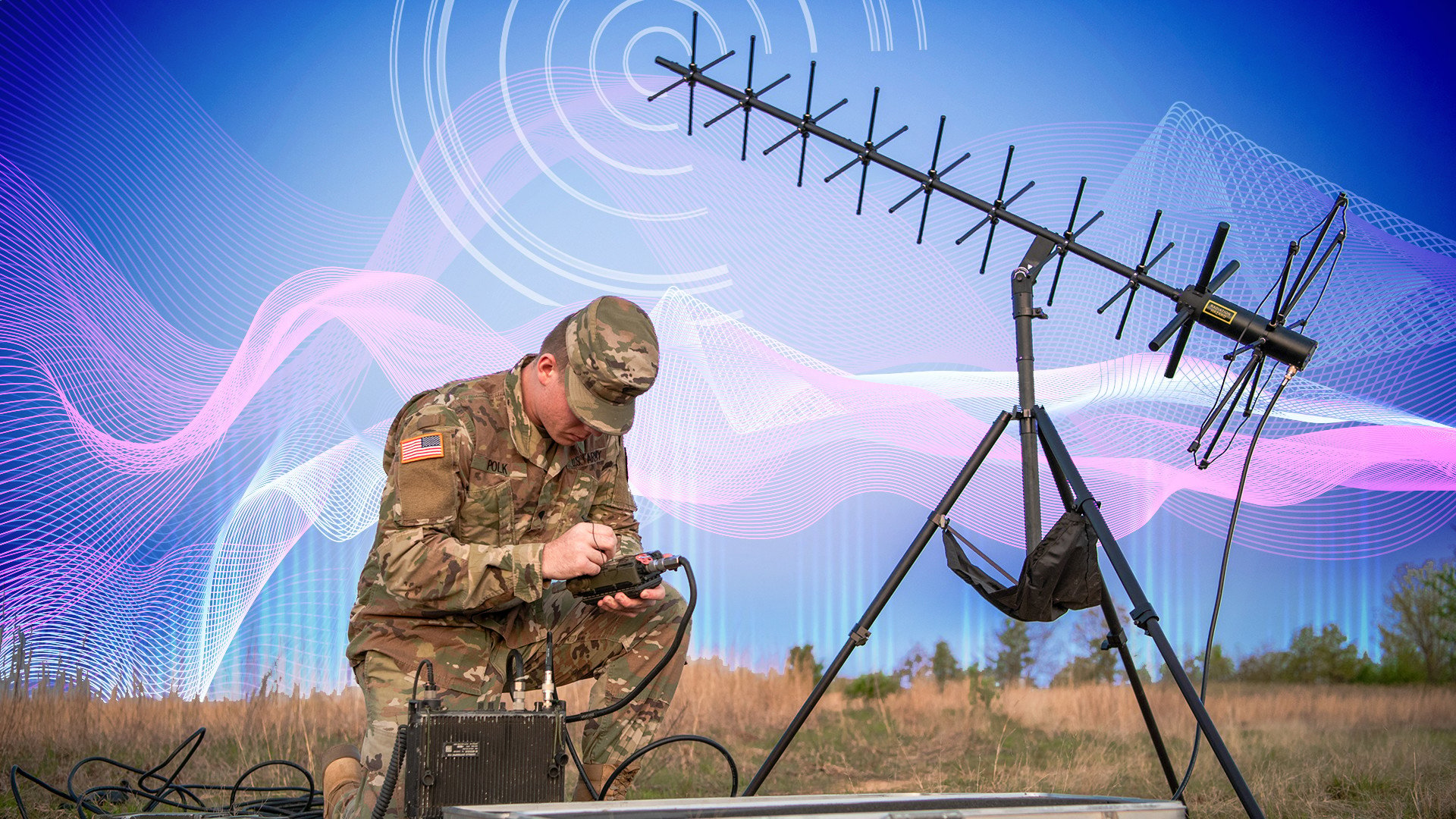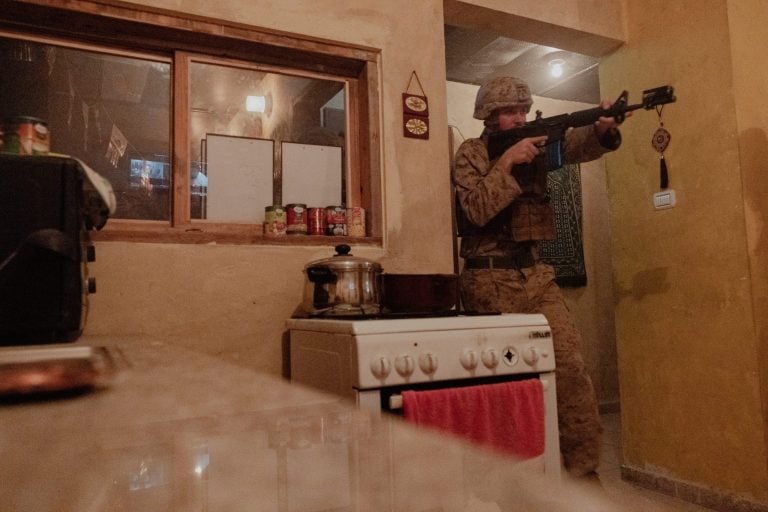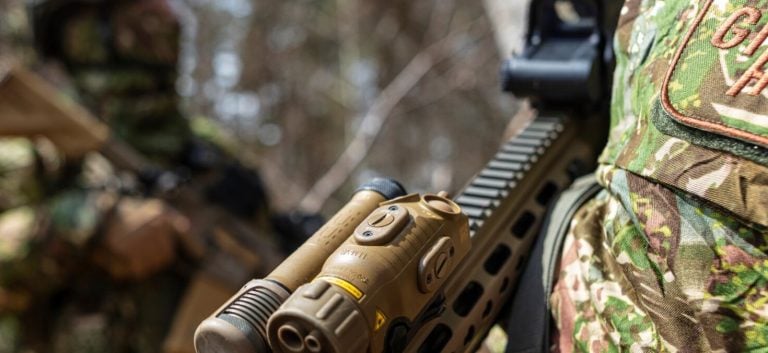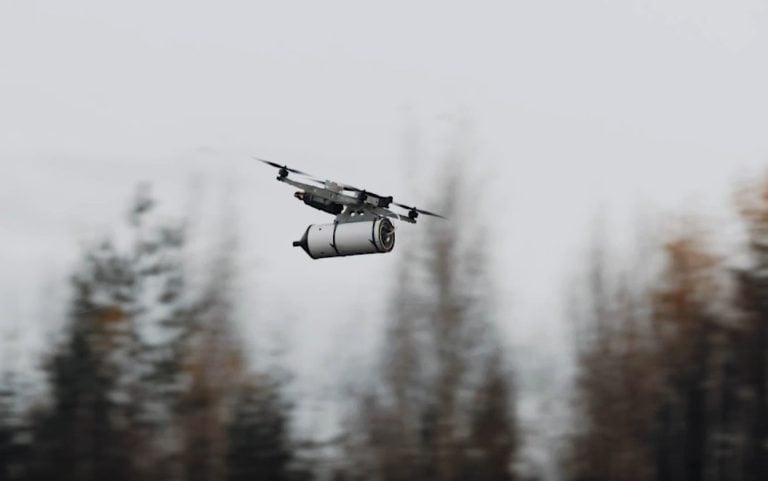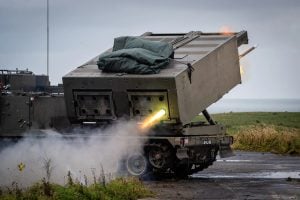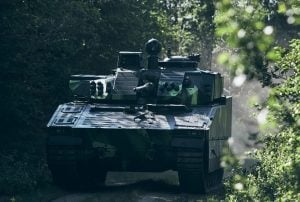The US Army has entered into a significant partnership with 3dB Labs through a $6.1-million agreement aimed at advancing the development and demonstration of an innovative electromagnetic spectrum situational awareness system tailored for combat units. This new technology, known as the Spectrum Situational Awareness System (S2AS), is designed to enhance the Army’s understanding and operational use of the electromagnetic spectrum, which plays a crucial role in modern military operations.
The primary objective of S2AS is to improve commanders’ ability to sense and report friendly emissions in real time, facilitating better emissions control. Effective management of emissions from military command posts and various platforms, including operational centers and vehicles, is essential to reduce adversarial detection capabilities. This reduction is expected to significantly enhance the survivability of U.S. forces on the battlefield.
Maj. Cedric Harris, the Assistant Product Manager for Product Manager Electronic Warfare Integration, emphasized the importance of modernizing spectrum awareness capabilities. “This enhancement will empower commanders to visualize and control the electromagnetic environment, leading to more effective decision-making and increased protection for our forces as we strive for spectrum dominance,” he stated.
The S2AS system is versatile, designed for both local and self-protection applications, and can be deployed in various configurations, including handheld and vehicular setups. The agreement, structured as an other transaction authority contract through the Consortium for Command, Control, and Communications in Cyberspace, will unfold over 14 months and will involve phased prototyping to mitigate risks associated with the development process.
Crucially, the S2AS is being developed with a strong focus on countering the evolving spectrum detection capabilities of adversaries, utilizing advanced signal intelligence. An operational demonstration of the system is anticipated in fiscal year 2026.
Project Manager for Electronic Warfare and Cyber Ken Strayer pointed out the direct benefits that S2AS will bring to soldiers in the field. “The enhancements provided by this system are critical for the survivability and effectiveness of our troops during operations. By actively integrating feedback from transformation teams that include electronic warfare soldiers and spectrum managers, we are making sure that the system meets the specific operational requirements necessary for success,” he noted.
Overall, this collaboration marks a significant step toward enhancing the US Army’s capabilities in managing the electromagnetic spectrum, an essential component of 21st-century warfare.
